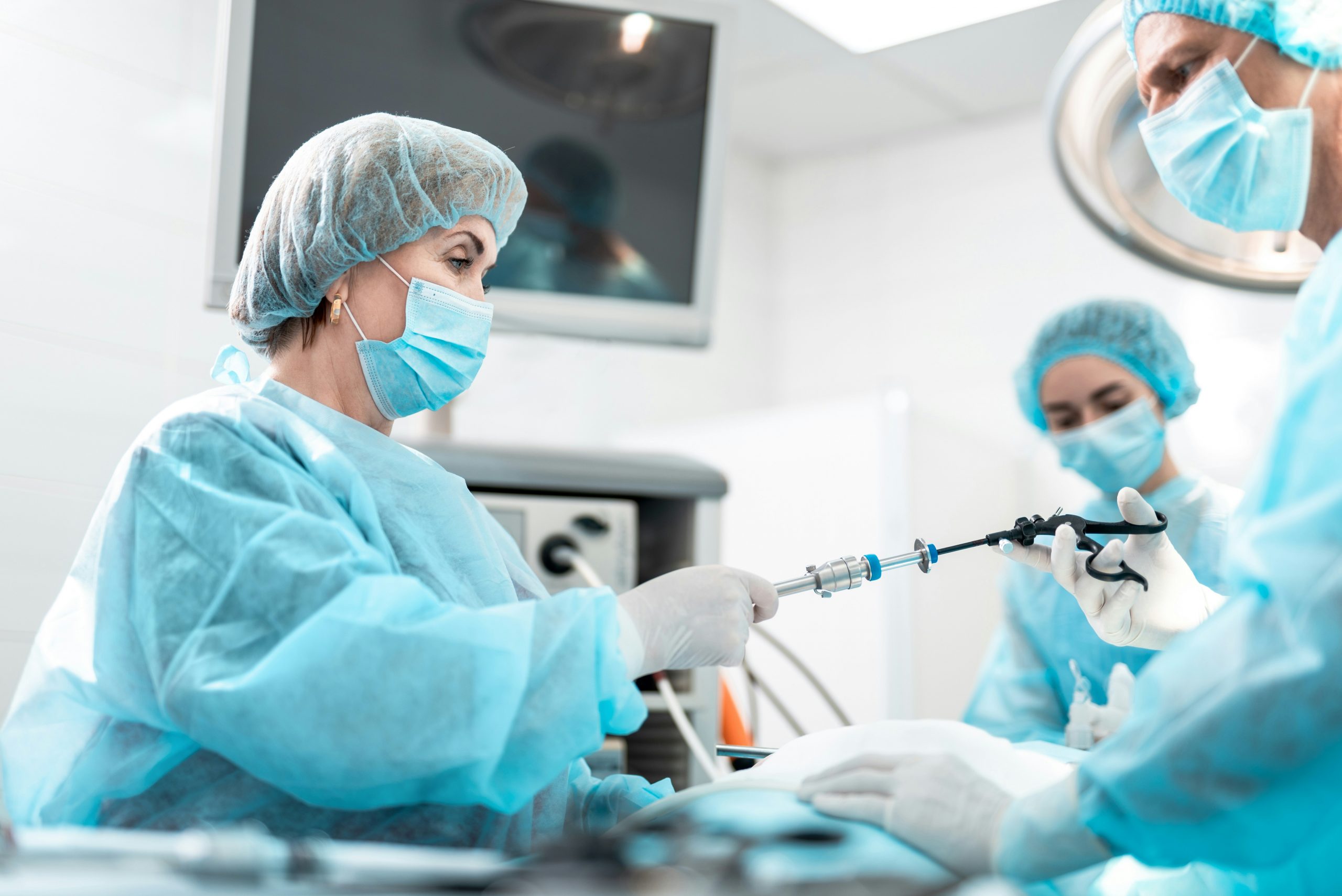
The world of medicine has always been one of evolution and innovation, with each generation witnessing transformative advancements. One of the most groundbreaking shifts in modern healthcare is the rise of robotics in surgery. This innovative technology is redefining the way doctors approach procedures, enhancing precision, reducing risks, and providing better outcomes for patients. As we delve into this fascinating frontier, we explore how robotics is shaping the future of medicine and what it means for healthcare professionals and patients alike.
A Leap Beyond Traditional Surgery
For decades, traditional surgery has relied heavily on the skill and steady hand of surgeons. While these methods have achieved remarkable successes, they come with limitations such as invasiveness, prolonged recovery times, and a higher risk of complications. Robotic surgery is transforming these limitations into opportunities by providing tools that enhance a surgeon’s abilities.
Robotic systems are not autonomous machines making decisions on their own. Instead, they act as extensions of the surgeon, combining human expertise with technological precision. Advanced robotic arms can perform delicate movements far beyond the capabilities of the human hand, operating with millimeter precision. This allows surgeons to navigate complex areas of the body with ease, reducing damage to surrounding tissues.
How Robotic Surgery Works
At the heart of robotic surgery is the surgeon-console interface. The surgeon sits at a console equipped with high-definition 3D imaging, which provides a magnified view of the surgical site. Using hand controls, they guide robotic arms that mimic their movements in real time. These arms are equipped with tiny surgical instruments capable of performing intricate tasks such as cutting, suturing, and cauterizing.
One of the most widely recognized systems in robotic surgery is the da Vinci Surgical System. This technology is used across various specialties, from urology to gynecology and cardiac surgery. The da Vinci System enables minimally invasive procedures, meaning smaller incisions, less blood loss, and faster recovery times for patients.
The Benefits of Robotics in Surgery
Robotic surgery offers numerous advantages over traditional techniques, both for surgeons and patients. For the medical team, robotic systems provide unmatched dexterity and enhanced visualization of the surgical field. The elimination of hand tremors ensures a higher level of precision, even during lengthy procedures.
For patients, the benefits are equally compelling. Minimally invasive robotic surgeries often result in shorter hospital stays, reduced scarring, and quicker returns to daily life. Additionally, there is a lower risk of postoperative complications such as infections, making these procedures safer overall.
Expanding Possibilities in Specialized Fields
The application of robotics in surgery is not limited to one area of medicine. Across various disciplines, robotics is breaking new ground. In orthopedics, robotic systems assist with joint replacements, ensuring implants are perfectly aligned. In neurosurgery, robotics allows for unparalleled accuracy when operating on delicate structures in the brain.
Cancer treatment has also seen significant advancements thanks to robotic surgery. In procedures like prostatectomies and hysterectomies, robotic systems enable the precise removal of tumors while preserving surrounding healthy tissue. These improvements lead to better survival rates and improved quality of life for cancer patients.
Training the Next Generation of Surgeons
As robotic surgery becomes more prevalent, the need for specialized training has grown. Medical schools and hospitals are investing in state-of-the-art simulation labs to teach surgeons how to operate robotic systems effectively. These training programs combine virtual reality with hands-on practice, ensuring that surgeons develop the skills necessary to leverage robotic technology safely.
Experienced surgeons are also adapting to this new paradigm, embracing continuous learning to stay at the forefront of their fields. The integration of robotics is not just about mastering technology; it’s about rethinking traditional approaches to surgery and adopting a collaborative mindset between humans and machines.
Challenges and Ethical Considerations
Despite its many advantages, robotic surgery is not without challenges. One major concern is the high cost of robotic systems, which can be a barrier for smaller hospitals and healthcare facilities. This raises questions about equitable access to advanced medical care.
Another challenge lies in the learning curve for surgeons. While robotic systems are intuitive, mastering them requires time and practice. Patients also need assurance that their surgeon is adequately trained to perform robotic-assisted procedures.
Ethically, there is ongoing debate about the role of robotics in medicine. As technology advances, there is a concern about over-reliance on machines and the potential for errors if systems malfunction. Balancing innovation with patient safety remains a priority as robotics continues to evolve.
The Future of Robotic Surgery
The future of robotic surgery is full of promise. Advances in artificial intelligence (AI) and machine learning are expected to enhance the capabilities of robotic systems. AI-driven algorithms could provide surgeons with real-time guidance, offering insights based on vast databases of medical knowledge.
Robotic surgery is also moving toward greater automation. While human expertise will remain central, future systems may handle routine tasks, freeing surgeons to focus on more complex aspects of procedures. This collaboration between humans and robots has the potential to redefine surgical care entirely.
Tele-surgery, where surgeons operate remotely using robotic systems, is another exciting prospect. This technology could bridge geographical barriers, providing patients in remote or underserved areas access to world-class surgical expertise.
A New Standard in Healthcare
The integration of robotics in modern surgery marks a significant turning point in medicine. By enhancing the capabilities of surgeons and improving patient outcomes, robotics is setting a new standard for healthcare. As technology continues to advance, the medical community must embrace this change while addressing challenges and ethical concerns.
Robotics is not just a tool; it represents a partnership between human ingenuity and technological innovation. Together, they are transforming the landscape of surgery, promising a future where precision, safety, and efficiency redefine patient care.